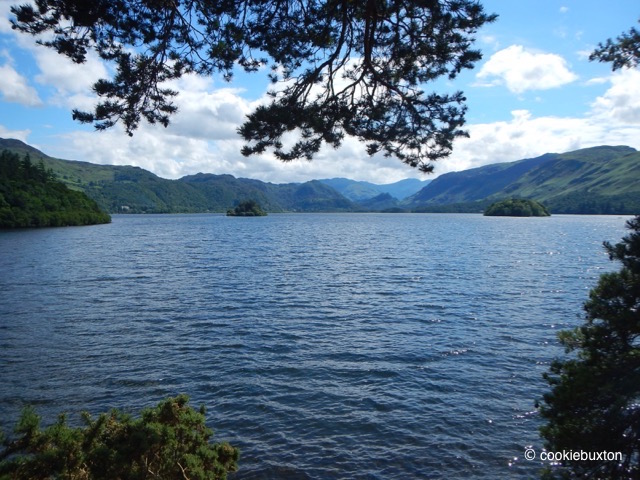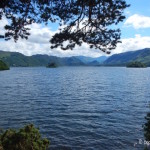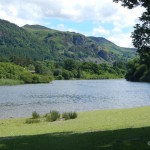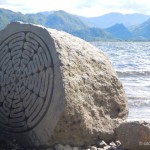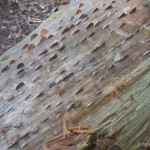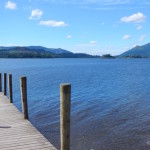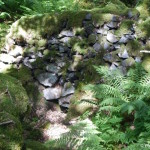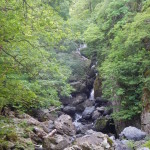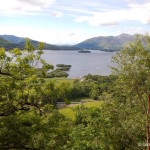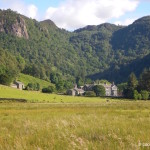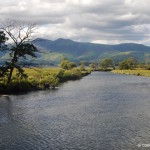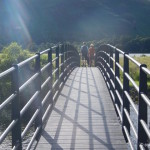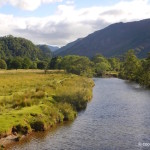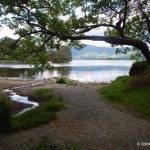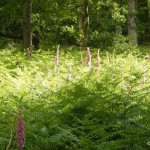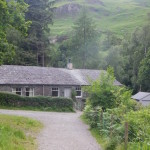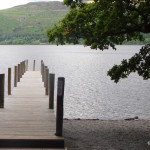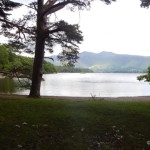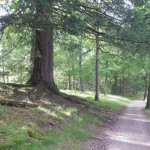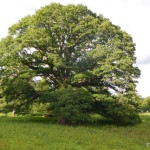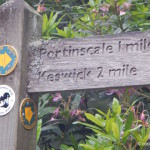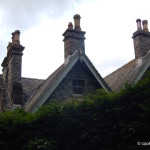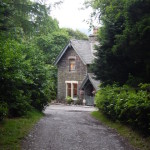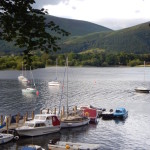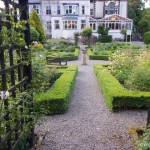Derwentwater, Lake District, England
Derwentwater, located south of Keswick in Cumbria, is one of the gorgeous lakes and vacation destinations within England’s Lake District, and it is particularly attractive for folks who enjoy walking and hiking in areas of abundant wildlife. Taking the roughly six-hour walk around Derwentwater was one of the highlights from our visit to the Lake District.
Not being a resident of Great Britain, my first interest in the Lake District arose from literary references, as a place that attracted and was home to poets, artists, and writers of the Romantic and Victorian eras in the eighteenth and nineteenth centuries, such as William Wordsworth, Samuel Coleridge, Thomas de Quincey, and John Ruskin. Beatrix Potter penned some of her stories and drew sketches while spending time lakeside at family vacation cottages on Derwentwater, and we passed by Lingholm Woods and the shores of Derwentwater where Beatrix Potter did many of her drawings. Mention of the Lake District in Jane Austen’s widely read Pride and Prejudice has also drawn attention to this lovely and important parkland district in western England.
We visited Derwentwater on a sunny, summer day, and enjoyed the lovely views of the surrounding hills (the fells) as we hiked around the lake and through the woodlands along the well-groomed pathways. Derwentwater is the third largest lake in the Lake District. The walk around the lake is a 13 kilometre / eight mile trek, while the lake itself is 4.8 km (3 miles) long and 1.6 km (1 mile) wide.
Walking around Derwentwater
Our route began in Keswick, and from there, south along the east side of the lake, around the southern tip, where we gained a good view of the lake. We crossed the river and went through the wetlands along the durable “boardwalk” (smartly constructed from recycled plastics), and then headed north again along the west side of the lake.
Derwentwater, as is typical of parklands and lake shores everywhere, is a haven for wildlife, wildflowers, insects, and aquatic life. Considered as both a national and European special area of conservation, the area is treasured by locals and visitors alike.
The marshes around Great Bay on the south end of the lake offer nesting cover for geese and diving ducks along with sandpipers, snipe, yellow wagtail, and other birds.
The lake itself is teeming with life, and is said to have a rich variety of underwater plants. At its deepest point, Derwentwater is 22 m (72 ft) deep. Derwentwater is described as the only place in England to find a rare fish, vendace (Coregonus vandesius), which was originally also found in the Lake District’s Bassenthwaite Lake.
Wildflowers at Derwentwater are scattered along the pathways, mixed in with the long grasses. In the open stretches alongside the paths and lakeshore, where the sunlight broke through pockets of shade along the trail, were clusters of gorgeous purple foxgloves. I have tried growing foxgloves in my home garden with little success, but here, around the shores of the lake, they were in their natural habitat, abundant and lovely.
For those who are not inclined or able to take the entire walk around the lake, there are buses, plus several boat launch docks around the lake, and visitors can get off and on along the way to customize their own tours of the district.
Related stories listed in My Post-British-Garden-Tour Blues.
Online resources:
Visit Cumbria
Lake District Walking Map – Derwentwater Walk
Lake District National Park
Photos and text copyright: Nadine Kampen / cookiebuxton
Photo location: Derwentwater, Cumbria, England (June 2016)
PHOTO GALLERY
Click on any photo to enlarge; click again on the photo to advance the series in large format.
